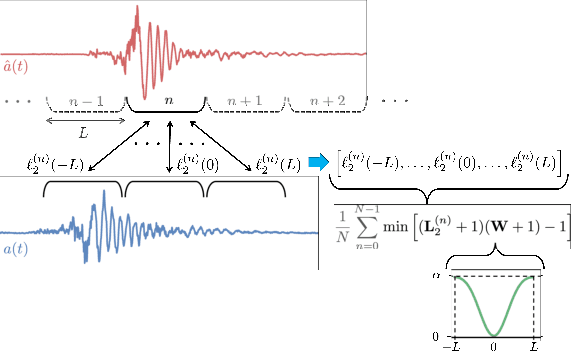Todd Keebler
SoundVista: Novel-View Ambient Sound Synthesis via Visual-Acoustic Binding
Apr 08, 2025Abstract:We introduce SoundVista, a method to generate the ambient sound of an arbitrary scene at novel viewpoints. Given a pre-acquired recording of the scene from sparsely distributed microphones, SoundVista can synthesize the sound of that scene from an unseen target viewpoint. The method learns the underlying acoustic transfer function that relates the signals acquired at the distributed microphones to the signal at the target viewpoint, using a limited number of known recordings. Unlike existing works, our method does not require constraints or prior knowledge of sound source details. Moreover, our method efficiently adapts to diverse room layouts, reference microphone configurations and unseen environments. To enable this, we introduce a visual-acoustic binding module that learns visual embeddings linked with local acoustic properties from panoramic RGB and depth data. We first leverage these embeddings to optimize the placement of reference microphones in any given scene. During synthesis, we leverage multiple embeddings extracted from reference locations to get adaptive weights for their contribution, conditioned on target viewpoint. We benchmark the task on both publicly available data and real-world settings. We demonstrate significant improvements over existing methods.
Sounding Bodies: Modeling 3D Spatial Sound of Humans Using Body Pose and Audio
Nov 01, 2023



Abstract:While 3D human body modeling has received much attention in computer vision, modeling the acoustic equivalent, i.e. modeling 3D spatial audio produced by body motion and speech, has fallen short in the community. To close this gap, we present a model that can generate accurate 3D spatial audio for full human bodies. The system consumes, as input, audio signals from headset microphones and body pose, and produces, as output, a 3D sound field surrounding the transmitter's body, from which spatial audio can be rendered at any arbitrary position in the 3D space. We collect a first-of-its-kind multimodal dataset of human bodies, recorded with multiple cameras and a spherical array of 345 microphones. In an empirical evaluation, we demonstrate that our model can produce accurate body-induced sound fields when trained with a suitable loss. Dataset and code are available online.
 Add to Chrome
Add to Chrome Add to Firefox
Add to Firefox Add to Edge
Add to Edge